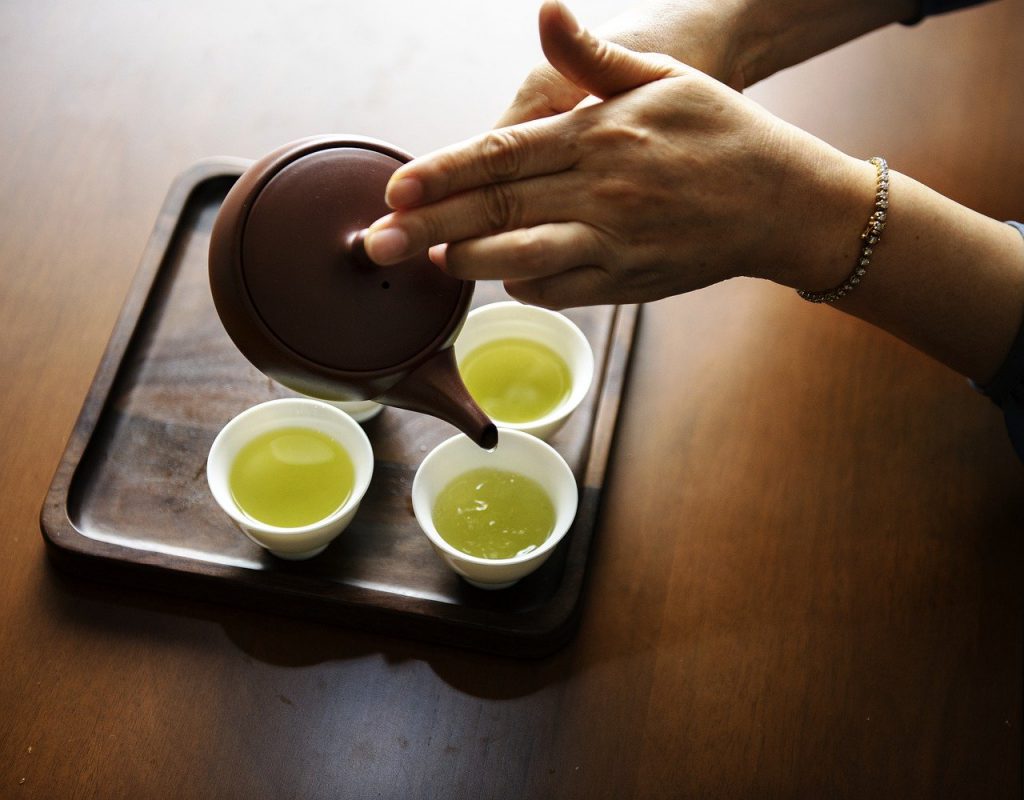
Japanese green tea has a wide variety, each with a unique flavor and taste. We’ve covered common types and the best time to drink them. We hope this will give you a hint of them and help you find your favorite.
Table of Contents
What is Japanese Green Tea?
Japanese green tea is a general term for tea produced in Japan that is not fermented. Once fermented, it’d be Oolong tea or black tea, depending on its degree of fermentation. There are many types of Japanese green tea, and we will introduce you to the main ones and their nutrients.
Japanese Green Tea for Everyday Use
Sencha (煎茶)
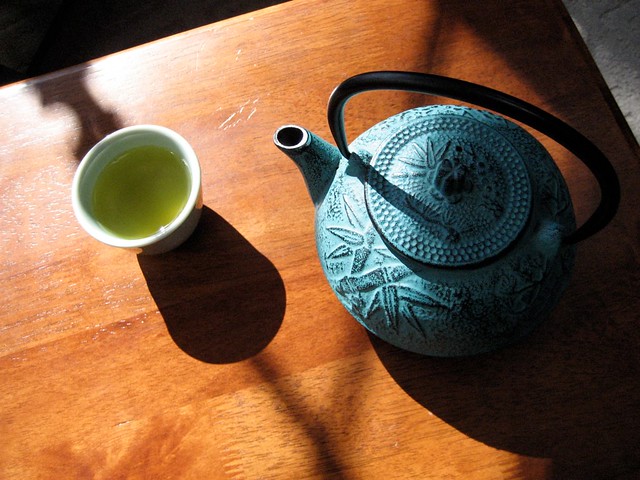
This is the most common Japanese green tea of all in Japan. It’s easy to prepare, especially if you use a teabag, and it goes well with anything—all-round player.
Process: Steam the freshly picked/plucked tea leaves, then dry them by rubbing them.
Nutrient: Catechins, caffeine, theanine (amino acids), vitamin C
Taste and Flavor: Refreshing aroma, well balanced with umami (flavor derived from amino acids) and astringency. It contains a lot of caffeine, catechins, and vitamin C.
When to drink?
Best Time to Drink?
You can drink
The
For further information about sencha, you can check our article.
Sencha Green Tea Benefits/Side Effects and Where You Can Buy
Bancha (番茶)
Process: The same process applies to Sencha; only the different tea leaves are harvested in the middle of June. It’s the second flush of green tea with a firmer stem and leaf. It’s circulated mainly in plastic bottles at any grocery store or convenience store.
Best Time to Drink?
It can be consumed with any meal. Of course, it goes well with Japanese dishes and other dishes with oily or spicy stuff.
Fukamushicha (深蒸し茶)
Process: Same with Sencha only steam 2-3 time longer
Nutrient: Catechins, caffeine, theanine (amino acids), vitamin C
Color: Fukamushi deep green
Taste and Flavor: It has more sweetness compared to Sencha. This is the one you don’t really have to care about the quality of water when you serve it, yet a little weaker aroma. The Kakegawa Fukumashicha (掛川深蒸し茶) is famous for this category.
Genmaicha (玄米茶)
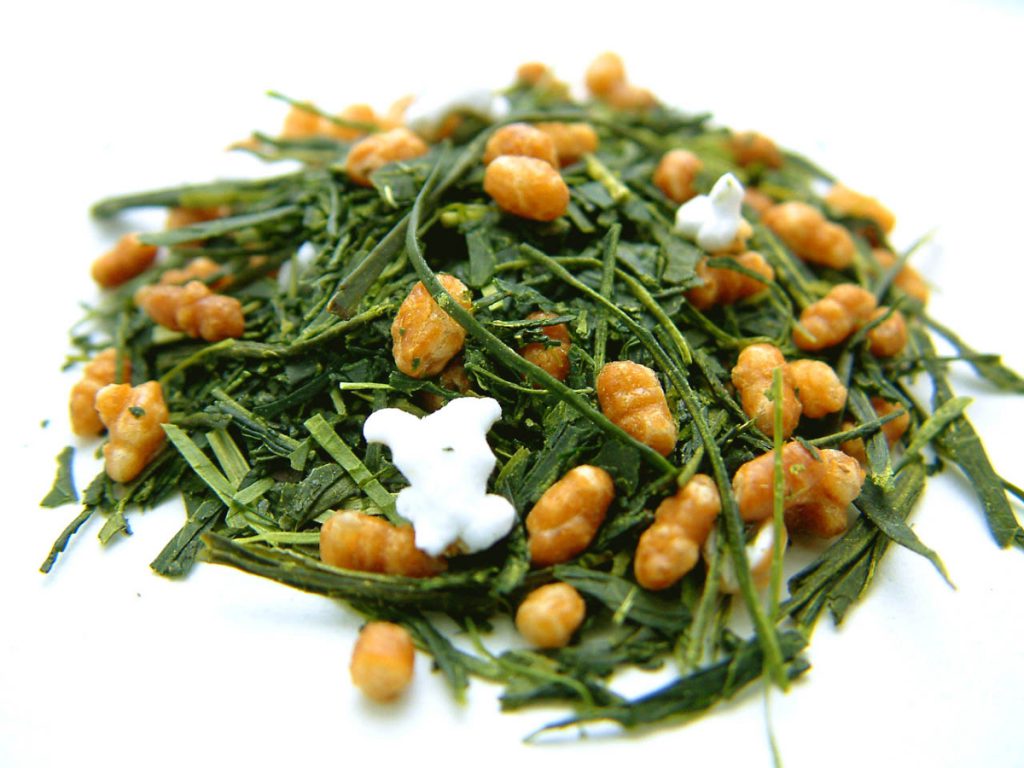
Process: Green tea blended with the same amount of roasted brown rice (kernel). The types of green tea can be sencha or bancha.
Nutrient: Brown rice (kernel), catechins, theanine (amino acids), vitamin C
Taste and Flavor: It’s well balanced with the flavor of green tea (Sencha or Bancha) and the unique toasty aroma of the brown rice kernel.
It’s not rich in taste so that it can go well with a meal. Half the caffeine makes this tea accessible to kids and the elderly.
For further information about genmaicha, check our article.
7 Health Benefits of Genmaicha and When to Drink
Japanese Green Tea for Relaxation
Hojicha (焙じ茶)
Process: Roast sencha or
Nutrient: Catechins, amino-acids, vitamin C
Color: Brown
Taste and flavor: It is best consumed after a meal since it has a refreshing effect and
Best Time to Drink?
It can be consumed all day since it contains less caffeine than other green tea types. All-day. Yes. You can enjoy it after the shower or before bed for some refreshing effect.
Powdered Japanese Green Tea
Konacha (粉茶)
Process: Gathered powder in the process of making Gyokuro or Sencha.
Nutrient: Catechins, caffeine, theanine (amino acids), vitamin C
Taste and flavor: Since it’s powdered, the nutrients easily dissolve and have a vivid green color and pungent taste. You can prepare it with hot water in a short amount of time.
Best Time to Drink?
Like Sencha, it’s good for your mouth health, with
Stunningly Refreshing Japanese Green Tea
Kukicha (茎茶)
At the end of the process of
Nutrient: Catechins, caffeine, theanine (amino acids), vitamin C
Taste and flavor: It has a different flavor compared to Sencha. The clean aroma and a refreshing flavor are something you can expect. Different from the tea leaf, the flavor of Kukicha (stalk tea) gets weaker each time you serve a cup after you make the first cup.
Best Time to Drink?
Having a cup of kukicha is wonderful expect the refreshing quality. Any time you need a kick of fresh taste and flavor,
Japanese Green Tea for Special Occasion
Matcha (抹茶)
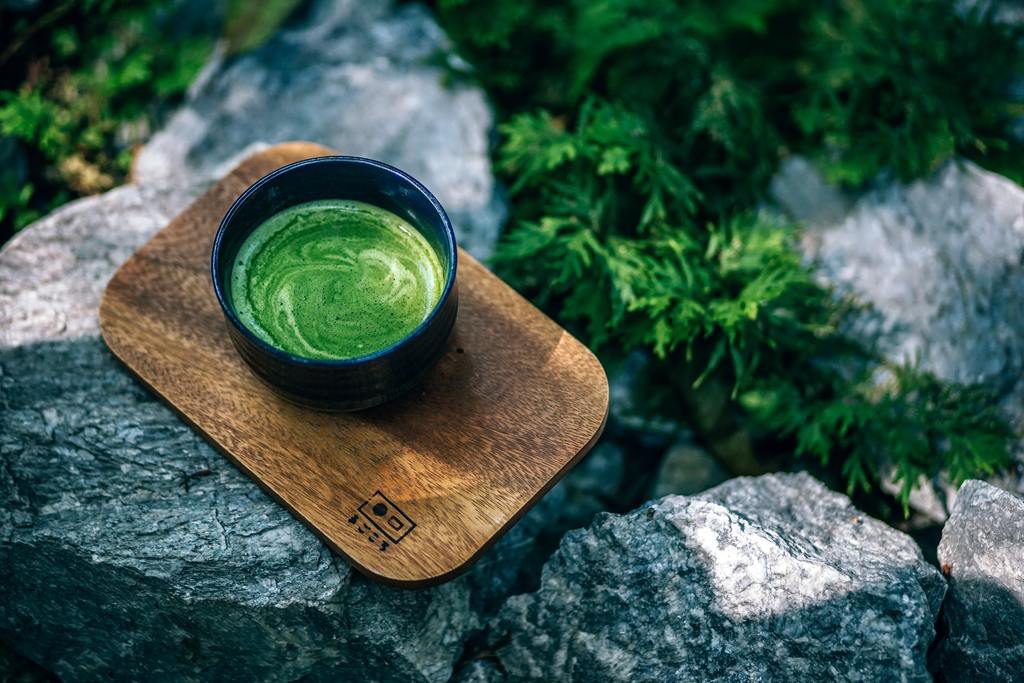
Process: Shades new buds to avoid sunlight, dry after steamed without rubbing. Remove the veins and get them powdered with a stone mill.
Nutrient: Theanine (amino acids) (
Color: Rich green
Taste and flavor: This is a must when you do the tea ceremony. It has a mild sweetness and almost none astringency. Since we consume the whole tea, we can assimilate all the goodness in
Best Time to Drink?
It goes well with sweet stuff since it has a rich aroma, and they elevate each other’s taste. Excellent for a break in the afternoon or occasions people get together to have a cheerful moment.
For further information about matcha, please check our article.
Where to Buy Best Matcha? 5 Established Matcha Stores in Japan
Gyokuro (玉露)
Process: Shades new buds to avoid sunlight, the same process with Sencha after plucked.
Nutrient: Amino-acids, caffeine, catechins, vitamin C
Taste and Flavor: It contains many theanine (amino acids) that are the source of umami and fewer catechins, therefore you can enjoy the rich sweetness. Specifically, Gyokuro grown in Yame, Fukuoka is famous for its high-quality products.
Best Time to Drink?
Any time you want to feel that you are drinking high-quality green tea. It goes well with any dessert, you can enjoy a wonderful sweetness while having a refreshing feeling.
Kabusecha (かぶせ茶)
Process: It’s half
Best Time to Drink?
It’s best to have when you have a break. The rich flavor of Kabusecha can give you a nice kick. In addition, you can add some sweet stuff to make your break something extraordinary
Mecha (芽茶)
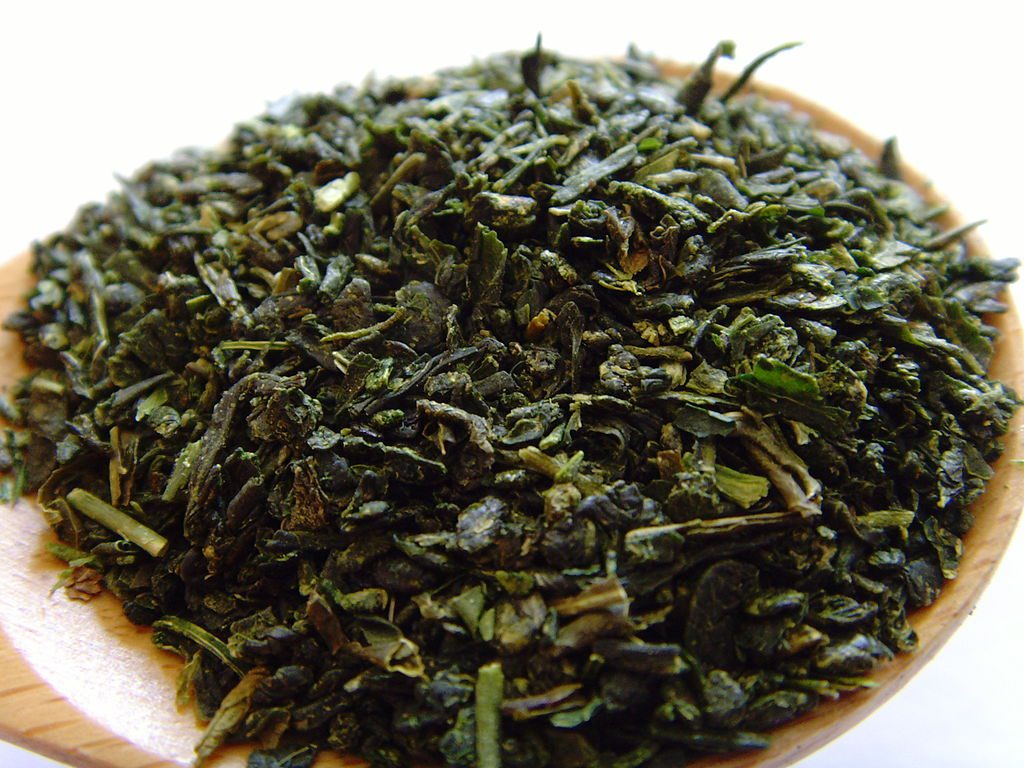
Process: It uses only the top of tea leaves that are curled in the process of green tea or Gyokuro. It contains a lot of umami (theanine), a rich aroma, and a strong The deep green color that mecha is known for is relaxing for your eyes.
Best Time to Drink?
For your relaxation time. Its rich flavor can go well with the sweet of your choice, and the combination gives you energy for the rest of the day.
Special Types of Japanese Green Tea
Oobukucha (大福茶)
Process: Blended
Nutrient: Catechins, caffeine,
Taste and flavor: It’s been consumed in the Japanese New Year in the Kansai region since the Heian period (794-1185). It’s considered that a holy priest, Kuya, originated it by giving tea to the people during an epidemic of plague in 951 (Tenryaku 5). It’s also called Kofukucha since Emperor Murakami also consumed and considered it auspicious tea.
Best Time to Drink?
For a celebration time! At a party or any gathering, everyone can enjoy this auspicious tea. Or any time you want to perk yourself up by having this joyfu
Benifuki (紅富貴)
Well, it’s not actually in the category of Japanese green tea, but it is one of the types of Japanese black tea. It has some unique benefits, so let us introduce it here.
Process: It mixes Benihomare (Japanese black tea) and Darjiling.
Nutrient:
Taste and flavor: It’s one of the most popular teas. It contains “methylation catechin,” which is said to be effective in preventing one from having an allergic reaction and preventing from accumulating fat.
Have you found any Japanese green tea that you may want to try? If you already have favorites, please let us know in the comments! For those who happen to be in Tokyo, this article will help you to find excellent Japanese tea stores.
13 Authentic Japanese Tea Stores in Tokyo


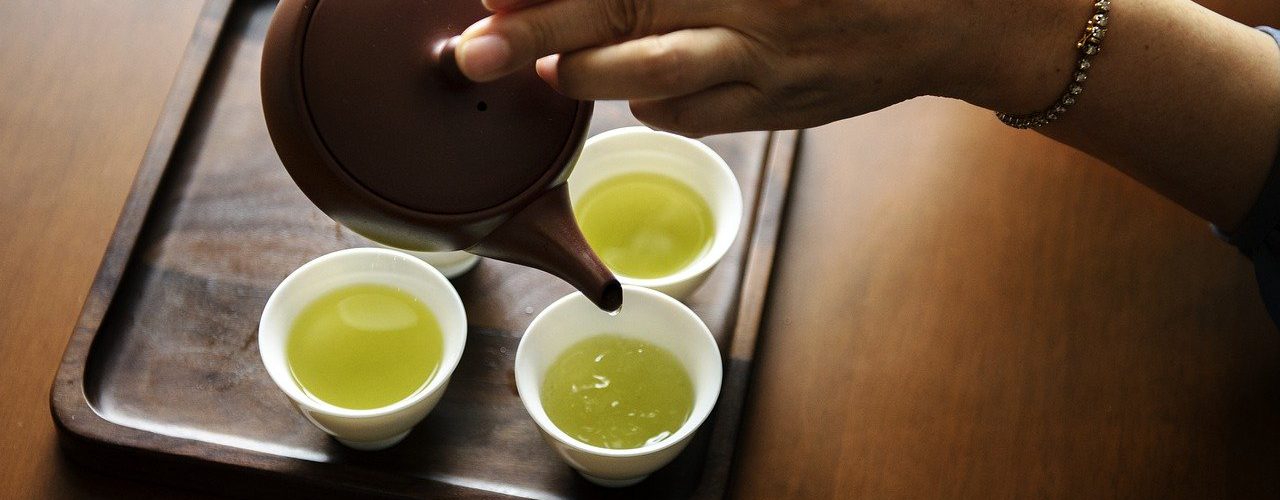
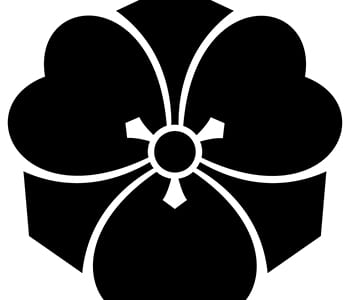
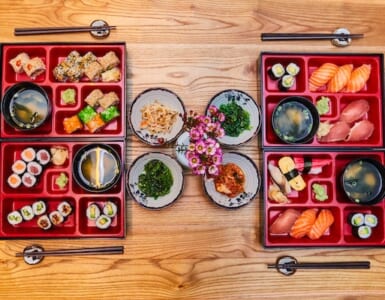
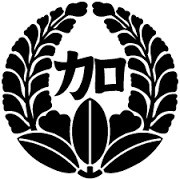


Add comment